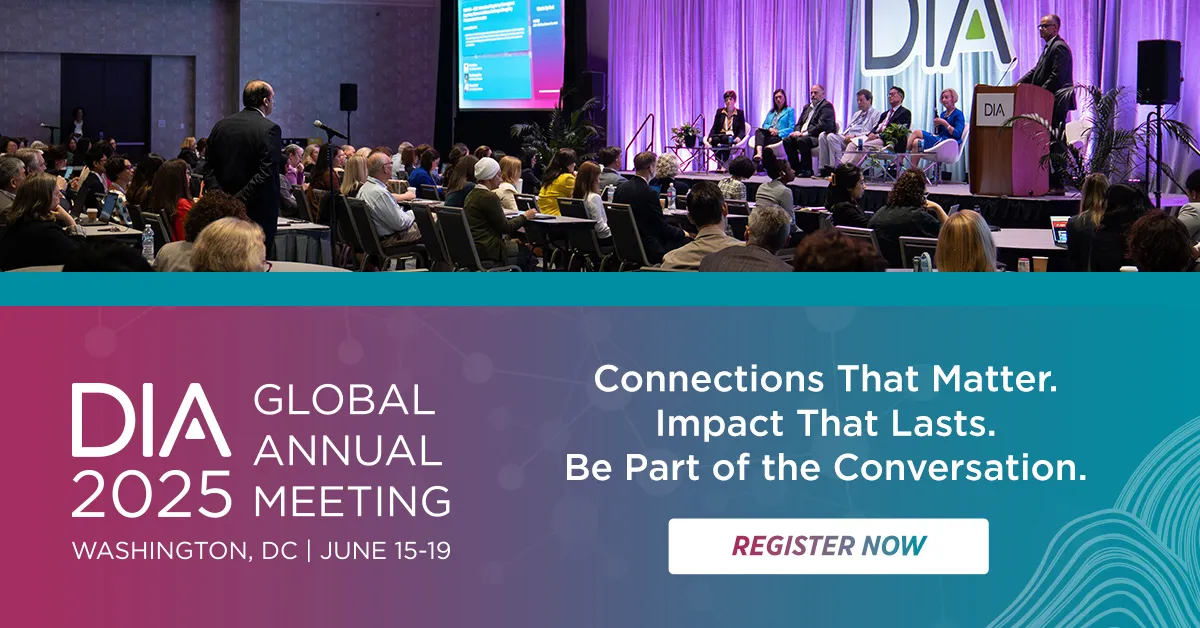- FEATURE ARTICLES
- Artificial Intelligence and Machine Learning in Pharmacovigilance
Unlocking Potential to Drive Innovation in Patient Safety
- Data Distortions: When Statistics Can Lead Us Astray in Drug Safety
- Accelerated Approval as the New “Norm” in Gene Therapy for Rare Diseases
- eCTD v4.0: A Look at 2025 and Beyond
- AROUND THE GLOBE
- How to Build Partnerships for Sustainable Healthcare
Stakeholders and Types of Partnerships in Clinical Research and Drug Development
- Advancing the Implementation of ICH E17: Collaborative Efforts Driving Simultaneous Global Drug Development in China
- Operational Excellence In an International Clinical Research Site Network
People, Processes, and Precision in Action
- The Observatory of Good Regulatory Practices in the Regulation of Pharmaceutical Products
A Pioneering Initiative in Latin America
- Saudi Arabia Vision 2030 Reimagining What is Possible for Human Health
Interview with Fahad bin Abdulrahman AlJalajel, His Excellency the Minister of Health, Saudi Arabia
Subscribe
Editorial Board
Content stream editors
Gary Kelloff US National Institutes of Health
Ilan Kirsch Adaptive Biotechnologies Corp.
regulatory science
Isaac Rodriguez-Chavez 4Biosolutions Consulting
Patient engagement
Stacy Hurt Parexel
Richie Kahn Canary Advisors
Data and Digital
Lisa Barbadora Barbadora Ink
VALUE AND ACCESS
Wyatt Gotbetter Cytel, Inc.
Editorial Staff
Sandra Blumenrath, Senior Scientific Project Manager & Executive Editor, Scientific Publications DIA Scientific Communications
Chris M. Slawecki, Managing Editor, Global Forum DIA Scientific Communications
Linda Felaco, Copy Editor and Proofreader
Regional Editors
Lorraine Danks The Gates Foundation
ASEAN
Helene Sou Takeda
AUSTRALIA/NEW ZEALAND
Richard Day University of New South Wales, Medicine, St. Vincent’s Hospital
CHINA
Li Wang Eli Lilly China
EUROPE
Emma Du Four Independent R&D/Regulatory Policy Professional
Isabelle Stoeckert Independent Regulatory Science Expert
INDIA
J. Vijay Venkatraman Oviya MedSafe
JAPAN
Toshiyoshi Tominaga SunFlare
LATIN AMERICA
Cammilla Gomes Roche
US
Ebony Dashiell-Aje BioMarin
DIA Membership
Bringing together stakeholders for the betterment of global health care.
BMS
rtificial intelligence (AI) and machine learning (ML) are set to revolutionize pharmacovigilance (PV), the science of identifying, evaluating, and preventing adverse drug reactions (ADRs). The landscape of drug safety is rapidly evolving, demanding innovative approaches to PV. Traditional PV systems struggle to keep the pace with increasing volume and complexity of clinical trial and healthcare data. There are many promising use cases of AI/ML enhancing the efficiency, accuracy, and timeliness of drug safety monitoring. However, the implementation of AI/ML presents several significant challenges. These include ensuring data privacy and security, mitigating model bias, establishing robust model validation processes, navigating complex ethical implications, and developing clear, globally harmonized regulatory standards.
Covilance
t is important to be mindful about how we apply statistical methods during the evaluation of safety data, as key misapplications of statistics can be found during both clinical development and in the post-marketing space.
Lexeo Therapeutics, Inc.
ene therapy offers hope for patients suffering from rare genetic diseases long considered untreatable beyond symptom management. The therapy involves using genetic material to treat diseases by functionally repairing or replacing missing or damaged genes. Several gene therapies have gained Food and Drug Administration (FDA) approval in recent years, with a wave of new therapies predicted in the coming years. As of early 2025, the FDA has approved over 30 cell and gene therapies, and industry experts anticipate 30-50 additional cell and gene therapy approvals by 2030.
and Beyond
Cencora PharmaLex
he eCTD v4.0 standard has been available to be used for submissions to any ICH-participating regulatory agency since 2015, when it reached Step 4 in the International Council on Harmonisation (ICH) process. However, 10 years later, only Japan and the US have begun optional use of the new version.
Partnership Brokers Assocation (PBA)
Drug Information Association (DIA)
takeholders’ intentions in partnering in the healthcare space can range widely but often include sharing resources, collaborating to take new risks, achieving mutual benefit, and providing greater societal good. Such stakeholders include representatives from pharmaceutical companies, other health-related industries, regulatory bodies, academia, industry, patient groups, and HTAs. They see partnerships as necessary to overcome the complexity of problems facing the health sector and to sustain positive outcomes. However, several challenges get in the way of effective partnering.
Lilly China Drug Development and Medical Affairs Center
Peking University
ultiregional clinical trials (MRCTs) enable simultaneous drug evaluation across diverse populations while meeting international regulatory standards. The International Council for Harmonisation of Technical Requirements for Pharmaceuticals for Human Use (ICH) E17 guideline on MRCTs introduced in 2017 provides a framework for optimizing MRCT design and execution. In recent years, China has emerged as a key player in implementing these guidelines, integrating international standards into its regulatory framework and industry practices. Through collaboration among regulators, academia, and industry, China is strengthening its role in advancing simultaneous global drug development. Since the introduction of ICH E17, progress has been evident in the global implementation of MRCTs, although certain obstacles remain.
Precision in Action
Pratia
ehind every successful global clinical trial are the people who deliver it, the processes that sustain it, and the precision that defines it. This case study reveals how an international site network worked to sustain operational excellence in a recent osteoporosis study.
INNOS
FIFARMA
he adoption of Good Regulatory Practices (GRPs) is fundamental to strengthening countries’ regulatory capacity and ensuring that pharmaceutical product regulation aligns with international standards. The promotion of GRPs by regulatory authorities and other key stakeholders, such as the pharmaceutical and health innovation industry, is essential to improve regulation quality, foster public trust, and facilitate international harmonization and cooperation in every region. But in one specific region, Latin America, the adoption of GRPs is uneven and not universal, thus hampering the alignment of all of Latin America with international standards.
s Saudi Arabia continues its ambitious healthcare transformation under Vision 2030, the Ministry of Health is playing a central role in reimagining the nation’s approach to health and wellness. Fahad bin Abdulrahman AlJalajel, His Excellency, the Minister of Health, outlines key milestones in the shift toward a value-based healthcare system, including the creation of the Health Holding Company and regional health clusters. AlJalajel also explores the role of digital health and AI, the expanding impact of public-private partnerships, and the kingdom’s strategy to become a global biotech hub by 2040. Additionally, he discusses how Saudization is shaping the healthcare workforce of the future and Saudi Arabia’s emerging role as a leader in global health diplomacy.





